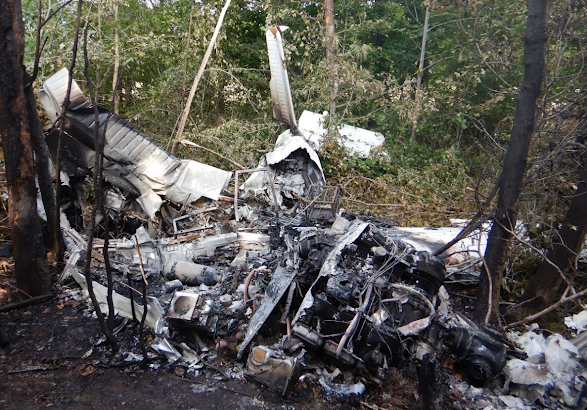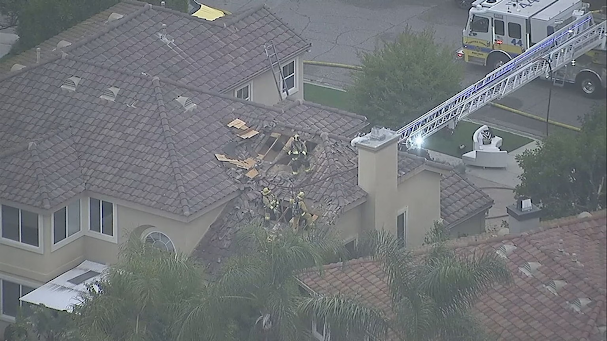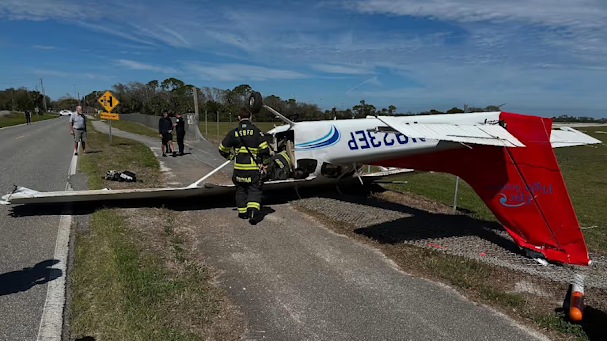This is preliminary information, subject to change, and may contain errors. Any errors in this report will be corrected when the final report has been completed.
Aviation Accident Preliminary Report - National Transportation Safety Board
Investigator In Charge (IIC): Lovell, John
Additional Participating Entities:
- Sam Farmiga; GE/CFM
- Matt Rigsby; FAA AVP110
- Kaushik Narayan Ramesh; American Airlines
- Jay Dorothy; APA
Doug Housley; TWU-IAM
- Andrew Rhinehart; APFA
- Steve Haggerty; Boeing
- Dave Cunningham; Denver Airport
- Frederic Walbrou; BEA
- Hannu Melaranta; EASA
- Philippe Fouchard; Safran Aircraft Engines
https://registry.faa.gov/AircraftInquiry/Search/NNumberResult?nNumberTxt=N885NN
https://data.ntsb.gov/carol-repgen/api/Aviation/ReportMain/GenerateNewestReport/199853/pdf
- Location: Denver, CO
- Accident Number: DCA25FA159
- Date & Time: March 13, 2025, 17:59 Local
- Registration: N885NN
- Aircraft: Boeing 737-823
- Injuries: 12 Minor, 166 None
- Flight Conducted Under: Part 121: Air carrier - Scheduled
On March 13, 2025, about 1759 mountain daylight time, American Airlines flight 1006, Boeing 737-823, N885NN, experienced engine vibrations during takeoff from Colorado Springs Airport (COS), Colorado Springs, Colorado. The flight crew continued the takeoff, then diverted to and landed at Denver International Airport (DEN), Denver, Colorado. After landing, the flight crew taxied to their assigned gate and both engines were shutdown. After shutdown, a fire ensued in the area of the No. 2 (right) engine and the passengers and crew evacuated the airplane.
The fire was extinguished within 1 minute by gate ramp personnel, prior to the arrival of the DEN aircraft fire fighting and rescue (ARFF). Of the three trucks that arrived, one truck, positioned toward the right side of the airplane sprayed water on the right aft fuselage area and right inboard wing “hot spots” (areas indicated by their infrared heat sensors).
Video provided by DEN airport operations showed a trail of fluid leaking from under the right engine nacelle as the airplane taxied into the gate.
The flight was operated under the provisions of Title 14 Code of Federal Regulations Part 121 as a scheduled domestic passenger flight from COS to Dallas Fort Worth International Airport (DFW). There were 2 flight crew, 4 cabin crew and 172 passengers on board. Twelve passengers received minor injuries. The airplane received substantial damage. Visual meteorological conditions prevailed at the time of the accident.
The first officer (FO) was the pilot flying, and the captain was the pilot monitoring. According to the flight crew, during takeoff and just before V1 there was an EGT over-temp for the No. 2 engine. After gear and flaps were retracted, the power was slightly reduced on the No. 2 engine and the EGT over-temp subsided to within limits.
During climbout, the captain noted high engine vibration indications for the right engine (No. 2). The captain called for the High Engine Vibration checklist and the FO continued to fly the airplane. The flight crew discussed the need to divert and contacted American Airlines dispatch. It was determined that DEN would be the most reasonable airport to divert to. The crew climbed to 16,000 feet msl, which was the highest altitude reached for the flight.
The captain informed the passengers and the flight attendants that the flight was diverting to DEN. Approach and landing were normal, and it took about five minutes to taxi to the gate. Soon after arriving at the gate, flight attendants heard passengers yelling “fire” and “smoke” and saw smoke start to the fill the cabin. One of the flight attendants tried calling the flight crew but did not get an answer. Another flight attendant knocked on the cockpit door to alert the flight crew of the fire outside the airplane and smoke in the cabin. In the meantime, passengers got up and were coming to the flight attendants wanting to get off the airplane. The flight attendants conducted their assessments and initiated an evacuation.
Passengers used the L1 door, both left overwing window exits, and the R2 door for egress. The passengers who used the L1 door deplaned using the jetway bridge. After the evacuation, the L2 door was observed cracked open, with maintenance subsequently discovering the escape slide jammed in the door, preventing its operation. The R2 evacuation slide deployed automatically when the R2 door was opened.
The passengers who used the left overwing window exits were evacuated off the wing by a combination of ground vehicles, ladders that were available in the gate area, and a belt loader. Post event examination found the flaps had remained at zero.
Investigation
The airplane was towed to a local maintenance hangar for examination. The airplane exhibited heat/smoke/burn indications near the right engine nacelle, right wing, right side of the fuselage aft of the wing, the right main landing gear, and the right main landing gear wheel well (see figure 1).
The on-scene engine examination found the right engine nacelle was intact; however, there was dark streaking which was consistent with in-flight streamlines and the aft and bottom of the nacelle was sooted and thermally distressed, consistent with a ground fire (see figure 2).
The airplane was powered by two CFM56-7B turbofan engines. The right engine was examined and all the engine fan blades were present, but one fan blade platform was fractured. In addition, the lockwire of a fuel fitting on the variable stator vane (VSV) was loose and installed in the incorrect direction. The VSV actuator rod end was incorrectly fastened and secured to the VSV actuator allowing fuel to leak from the fitting. The VSV rod end muscle line was fractured in the weld, and the 6 o’clock seal drain line of the inboard thrust reverser half was blocked with sealant above the lower bifurcation fire seal and in the exit tube.
The L2 slide was found removed from its bustle and on the floor of the L2 passageway with its safety pin installed. The slide pack was inspected and the bannis latch was found to move freely. There were some dark scuffs on the outboard side of the pack, and there was a tear on the underside of the girt fabric towards the center.
NTSB launched on this event and operations, powerplants, airworthiness, and survival factors groups were formed on-scene. The cockpit voice recorder (CVR) and the flight data recorder (FDR) were sent to the recorders lab at NTSB headquarters for download and audition. Intelligible CVR audio began while the aircraft was climbing from 15,000 to 16,000 ft and the crew was performing the Engine High Vibration checklist. The cockpit area microphone (CAM) channel of the CVR recorded an hour of audio prior to this time, however audio from the CAM was unintelligible for the full duration of the recording.
The FDR was in good condition and the data were extracted normally from the recorder. The FDR recording contained approximately 54 hours of data with over 1,000 parameters recorded. The event flight was the last flight of the recording, and its duration was approximately 1 hour.
Maintenance records for the right engine were reviewed. The damaged fan blade platform, rod end manifold, and the aft exhaust plug were retained for further examination.
The L2 slide was shipped to the manufacturer for a detailed inspection and its maintenance log will be reviewed.
Parties to the investigation are American Airlines, General Electric (GE) Aerospace, Federal Aviation Administration (FAA), The Boeing Company (Boeing), Allied Pilots Association (APA), Transport Workers Union - International Association of Machinists and Aerospace Workers (TWU-IAM), Association of Professional Flight Attendants (APFA), and Denver Airport. In accordance with the provisions of Annex 13 to the Convention on International Civil Aviation, the Bureau d’Enquetes et d’Analyses pour la securite de l’aviation civile (BEA) of France appointed an Accredited Representative since the CFM International engine is a joint venture between GE Aerospace and Safran Aircraft Engines. Safran Aircraft Engines and European Union Aviation Safety Agency (EASA) are technical advisors to BEA, as provided by Annex 13.
The investigation continues.
























